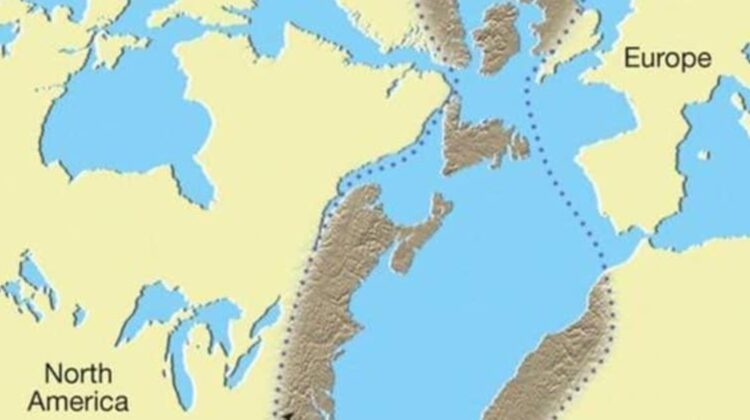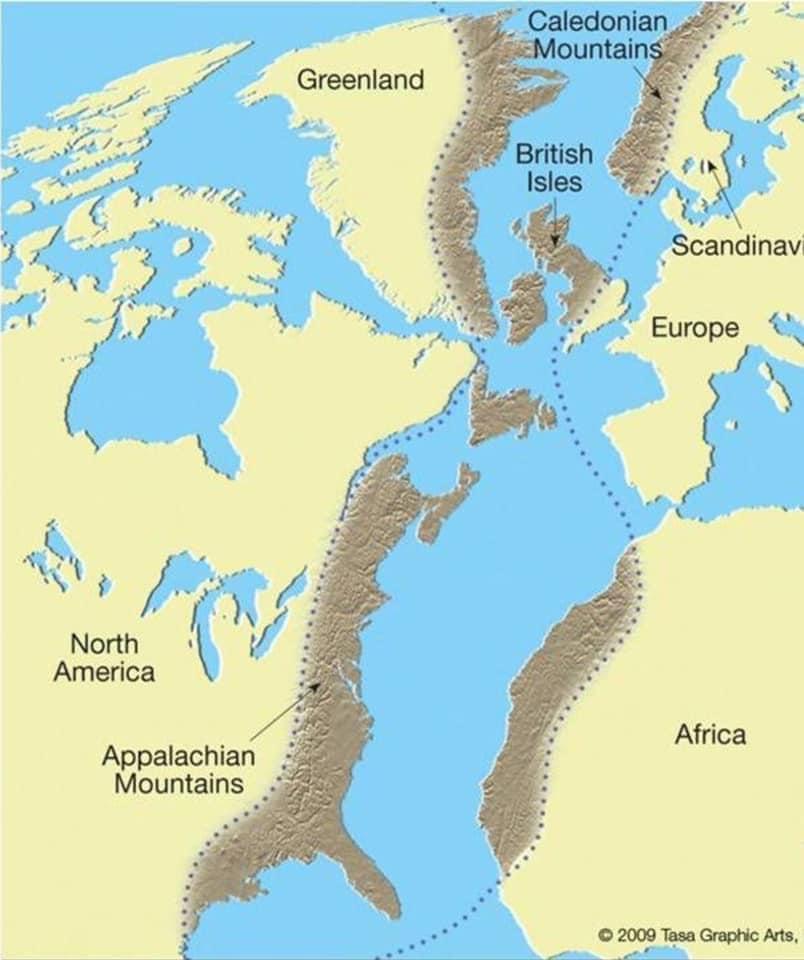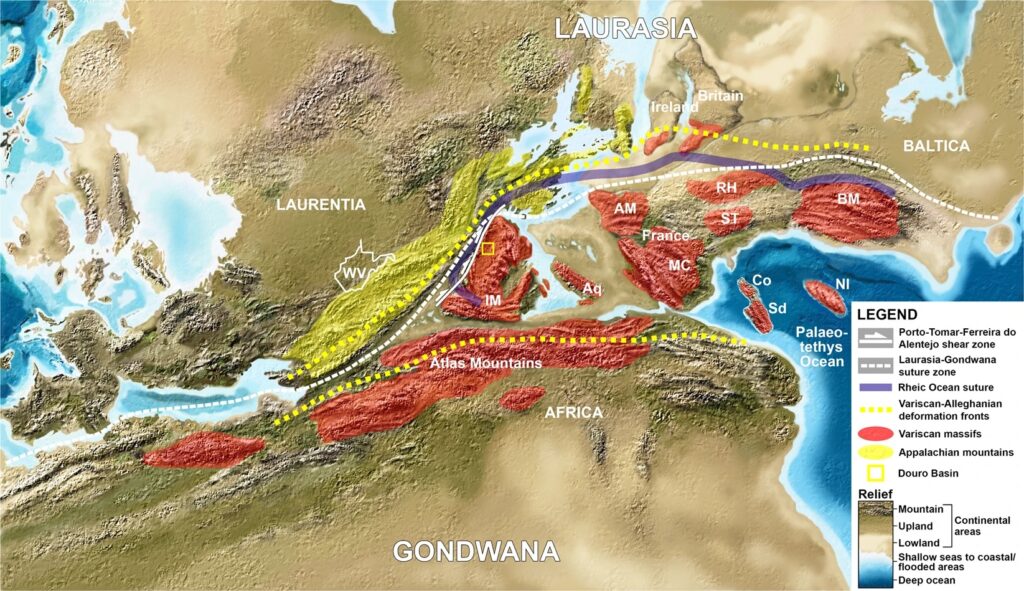
The Scottish Highlands, the Appalachians, and the Atlas may seem like very different mountain ranges, but they were once part of the same great chain that spanned the supercontinent Pangaea. This ridge was known as the Central Pangean Mountains and ran from northeast to southwest during the Carboniferous, Permian, and Triassic periods.
The formation of the Central Pangean Mountains was due to a collision between two supercontinents, Laurussia and Gondwana, during the creation of Pangaea. At its highest elevation during the beginning of the Permian period, the ridge was similar to the present-day Himalayas.

It is incredible to imagine that the Scottish Highlands, the Appalachians, the Ouachita Mountains, and the Little Atlas of Morocco were once part of the same mountain range, once connected as the Central Pangean Mountains. During the Permian period, the Central Pangean Mountains experienced significant physical weathering, which decreased the peak heights and created many deep intermontane plains. By the Middle Triassic period, the mountain sierras had considerably reduced in size.

By the beginning of the Jurassic period, which was 200 million years ago, the Pangean chain in Western Europe disappeared, leaving behind only some highland regions separated by deep marine basins. This resulted in the Scottish Highlands, the Appalachians, and the Atlas we know today.

The Central Pangean Mountains are an excellent example of how geological processes can shape our planet over time. It is fascinating to think that these mountain ranges were once connected and that the forces of nature have slowly transformed them into the diverse and distinct ranges we see today. The legacy of the Central Pangean Mountains can be seen in the unique landscapes and natural wonders that exist in the Scottish Highlands, the Appalachians, and the Atlas.

Leave a Reply